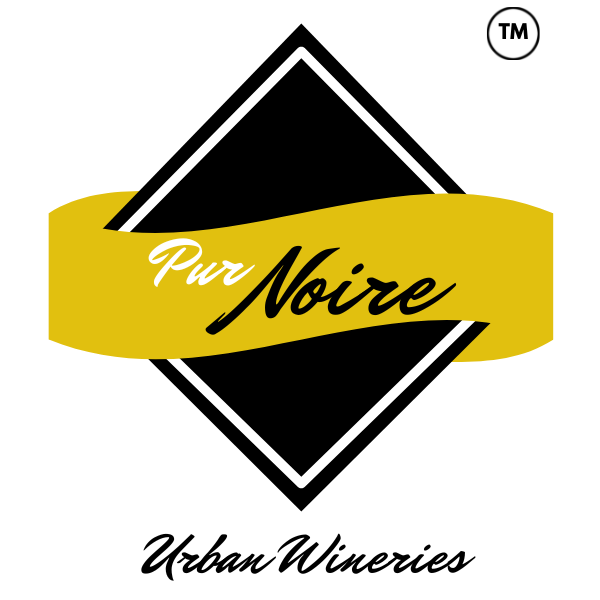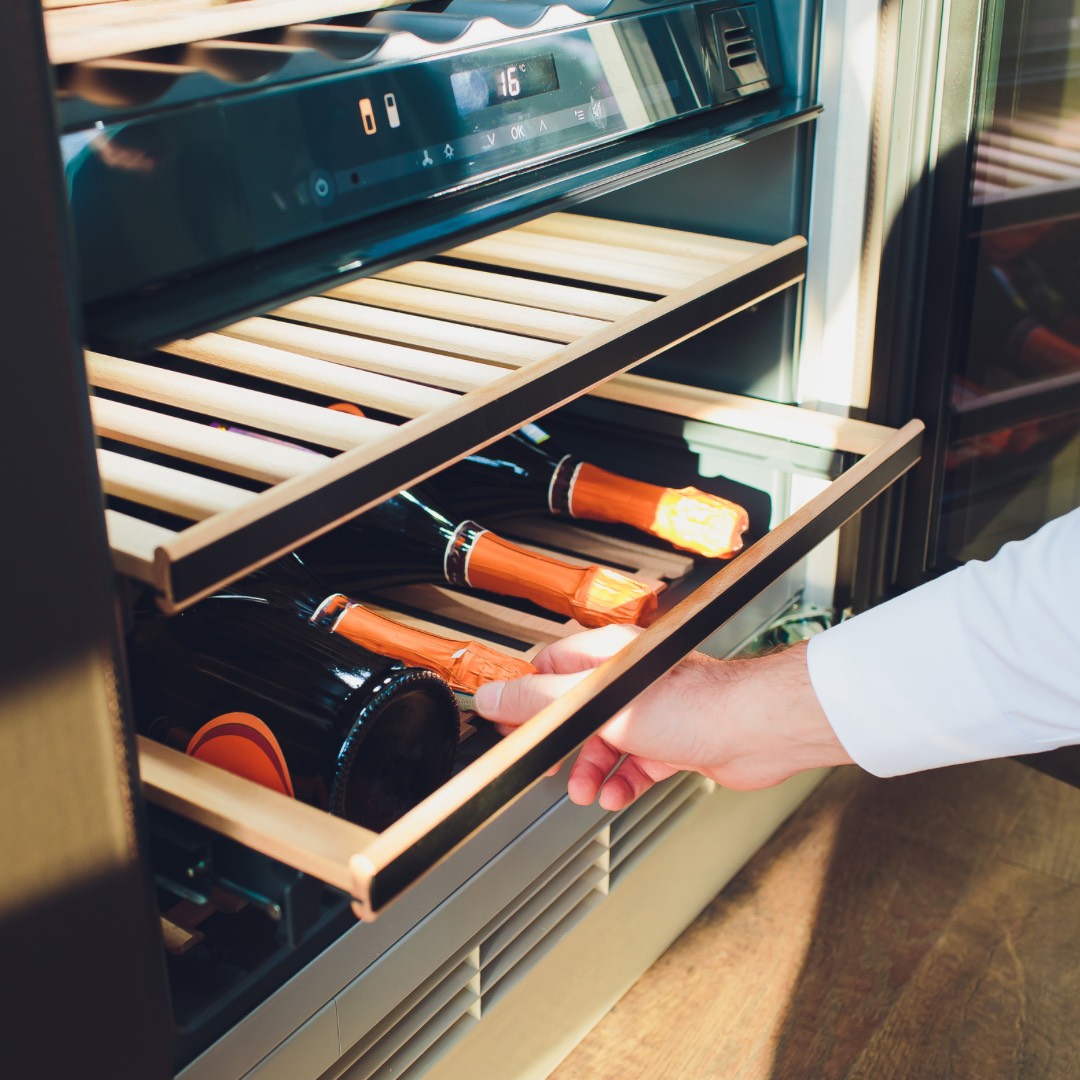RateFished: Are Wine Ratings Lying to You?
We’ve all done it. We’re walking the aisles of our favorite wine store or browsing the web for wine and we see it.
“California Cabernet Sauvignon – James Suckling 96 Points!”
“Napa Chardonnay – 92 Points Wine Spectator!”
“Oregon Pinot Noir -The Oregon Wine Awards!”
Since every new bottle of wine is a gamble and experts have endorsed these wines, we figure that they are our safest bet. We buy them; get the wine home; prepare our favorite dish; decant the wine; and take that first much anticipated sip only to be completely and utterly let down by what touches our palate. What in the hell happened? Well… you my friend have just been ratefished.
Ratings and wine awards are not necessarily bad. Afterall, they do push consumers to try wines that they otherwise may not have experienced. Also, in all fairness, the dissapointing wine you drank is probably a good quality wine. However, despite its 90+ point rating, it is not your version of a quality wine and that is why you feel tricked.
The biggest problem that I have with wine ratings is that people often allow them to dictate what wines they buy and even worse, what wines they think they should like. I can’t tell you how many times I’ve heard a person say something like, “I guess there’s something wrong with my palate” after hating a highly rated wine. When they do, they typically laugh nervously, half joking but half serious, and then wait on someone to tell them what they’re doing wrong.
If you’ve been that person, and no one has said it already, let me be the first to tell you that there’s nothing wrong with your palate! We all like different kinds of wine and there have been studies done by the Journal of Food Quality and Preference that show that typically what critics like is the complete opposite of what the general public likes. You see this same trend with things such as movies and other visual arts, but nobody thinks twice about it.
So how does one avoid feeling ratefished? You have to do some research to really understand what you like and how to shop for it. The good news it starts with drinking a bunch of different wine! After trying various types of wine if you notice, for example, that you generally like bold, fruit forward, high octane wines, you probably want to stick to new world regions that have a lot of sunny days. This means you’d want to shop for wines from places like California and Australia. If you like more subtle fruit notes and prefer to taste notes of minerality from the soils of the region, perhaps you should start with European wines.
If you still want to let ratings or points guide you on wine purchases don’t fret. You can always find a critic that prefers the same style of wines that you do. Even if the critic doesn’t specifically list the style of wine they prefer, you can look at the types of wines that they consistently rate the highest and get an idea. If you do this and note that your styles are aligned, you’re much more likely to agree with their ratings and avoid an expensive bottle of disappointment.
Cheers!



